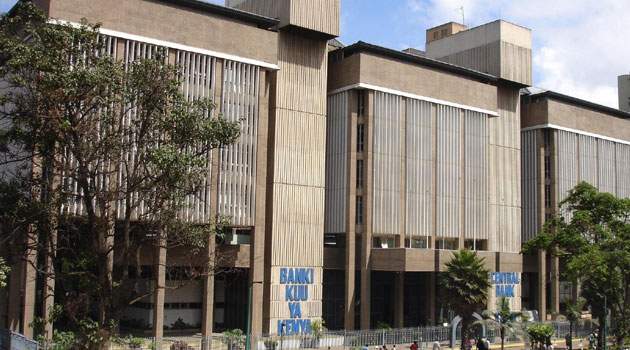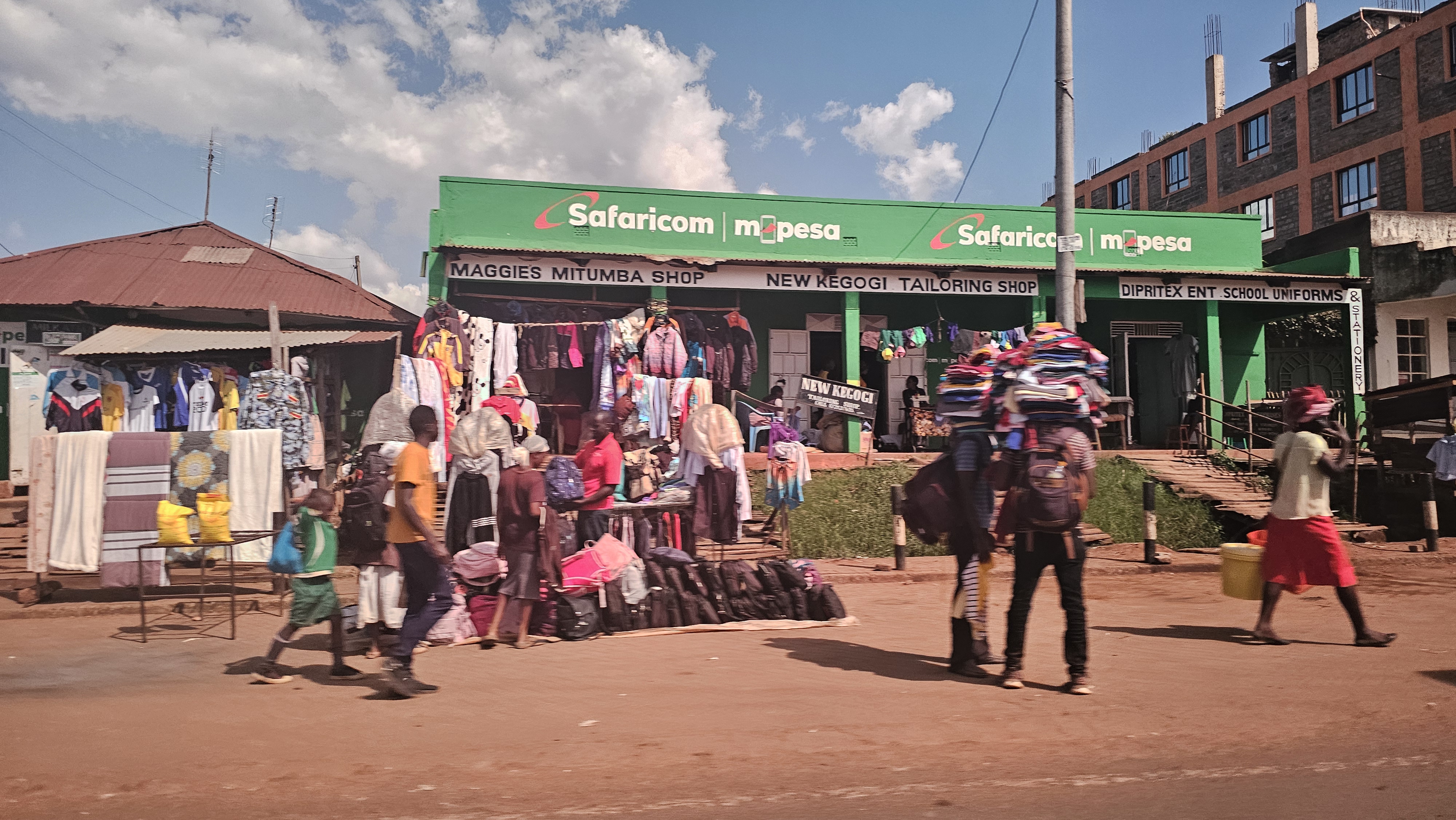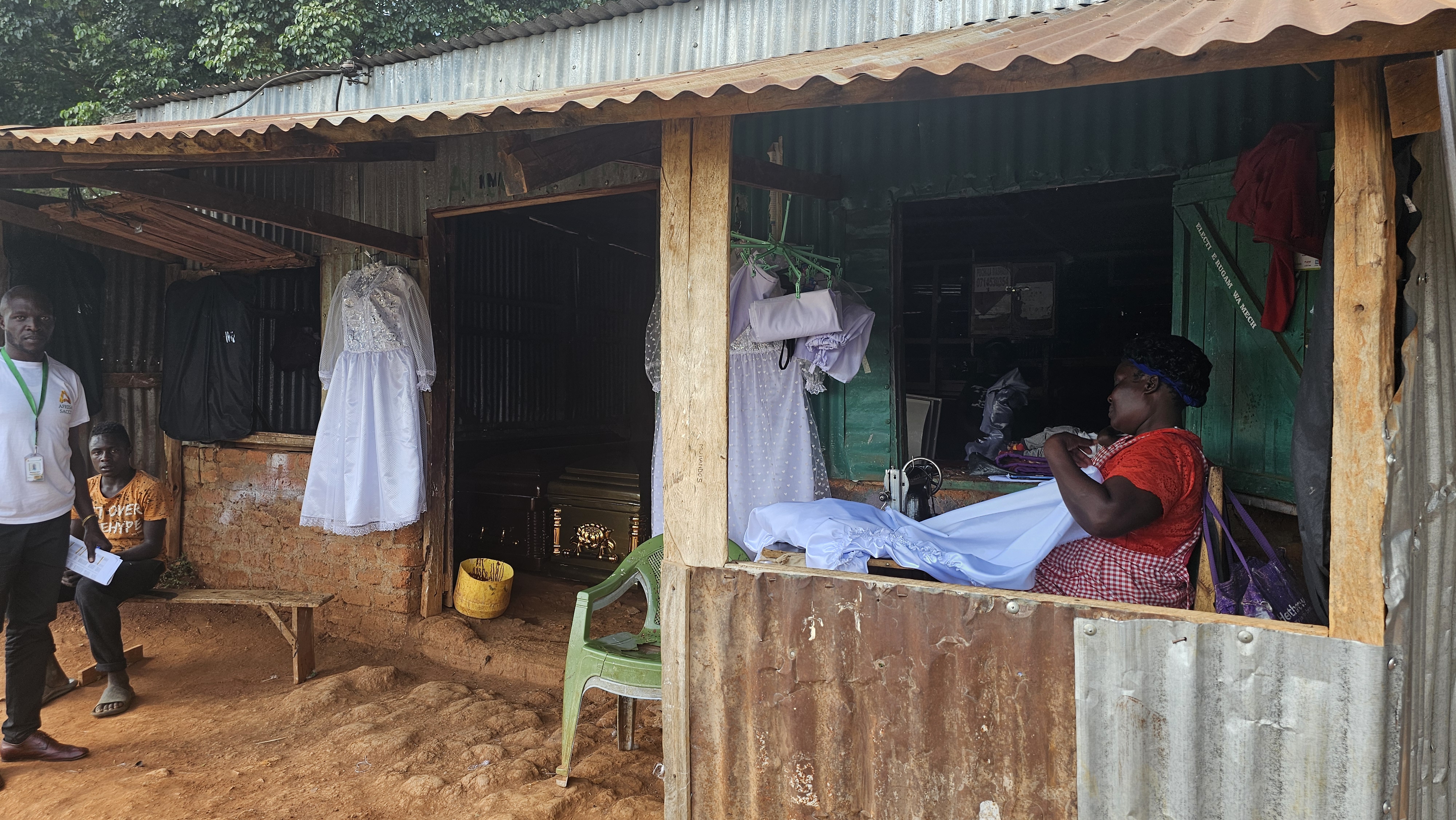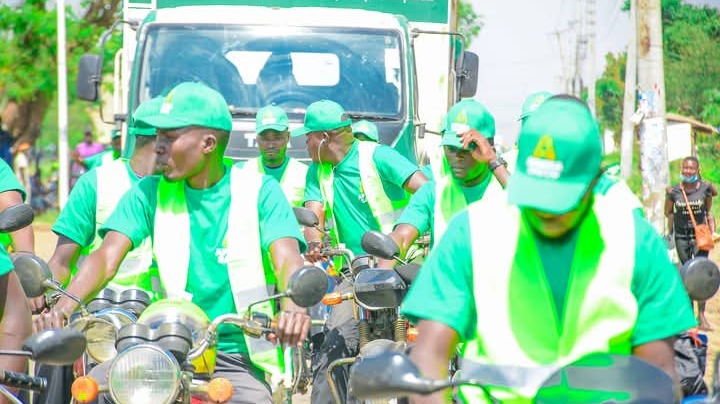By: Rendi Nyangua | |
| |
Photo credits: Capitalfm.co.ke | |
|
In February 2025, the Central Bank of Kenya (CBK) lowered its base lending rate from 11.25% in an attempt to stimulate growth in private sector lending, which had been declining. This decision came just two months after the Monetary Policy Committee (MPC) reviewed and implemented the 11.25% lending rate in December 2024. However, credit growth in the private sector remained low, with the MPC citing reduced demand due to high lending interest rates. The MPC, the decision-making body within the CBK responsible for ensuring economic stability, had urged banks to reduce their lending rates. Small banks offered the cheapest loans ranging from 11.46% to 14.11%. However, the most affordable Tier 1 lender ended 2024 with a lending rate of 16.80%, although it was 12.39% around July of the same year. The lending interest rates were even higher in the microlending industry, with many digital loan platforms in the region charging 35 – 70% in total interest and fees. This means Positiviti Lending at a lending rate of 8 – 24%, but with most loans at 18 – 20% fees, has been the most affordable micro lender in Kenya in 2024 and going into 2025. That said, the Monetary Policy Committee, during the recent meeting on February 5, 2025, agreed to lower the central bank rate (CBR) to 10.75%, down from the previous 11.25%. According to Dr. Kamau Thugge, CBS Chairman of the Monetary Policy Committee, this reduction aims for banks to also "lower their lending rates further and stimulate growth in the private sector." But despite the revised CBK lending rates, micro-lending institutions are still the preferred option for many borrowers in Kenya in 2025. For example, Positiviti Lending, through its digital loan app Afrecash, continues to offer fees as low as 8%, which is yet lower than the CBK's latest base lending rate for commercial banks. Secondly, many Kenyans remain unbanked or underbanked, limiting their access to traditional bank loans. As a result, they turn to microlending companies like Positiviti Lending, where they can secure business, school, or emergency loans without significant collateral. Notably, the CBK's lending rate has dropped steadily since June 2024, when it stood at 13%. During the 2021–2022 period, the CBR was even as low as 7%. Therefore, microfinance institutions must be alert to these changes in private-sector lending and adapt accordingly. The CBK appears motivated to stimulate growth in the sector and has encouraged banks to adopt a risk-based credit pricing model (RBCPM) to improve lending practices. |
 Add Row
Add Row  Add
Add 




